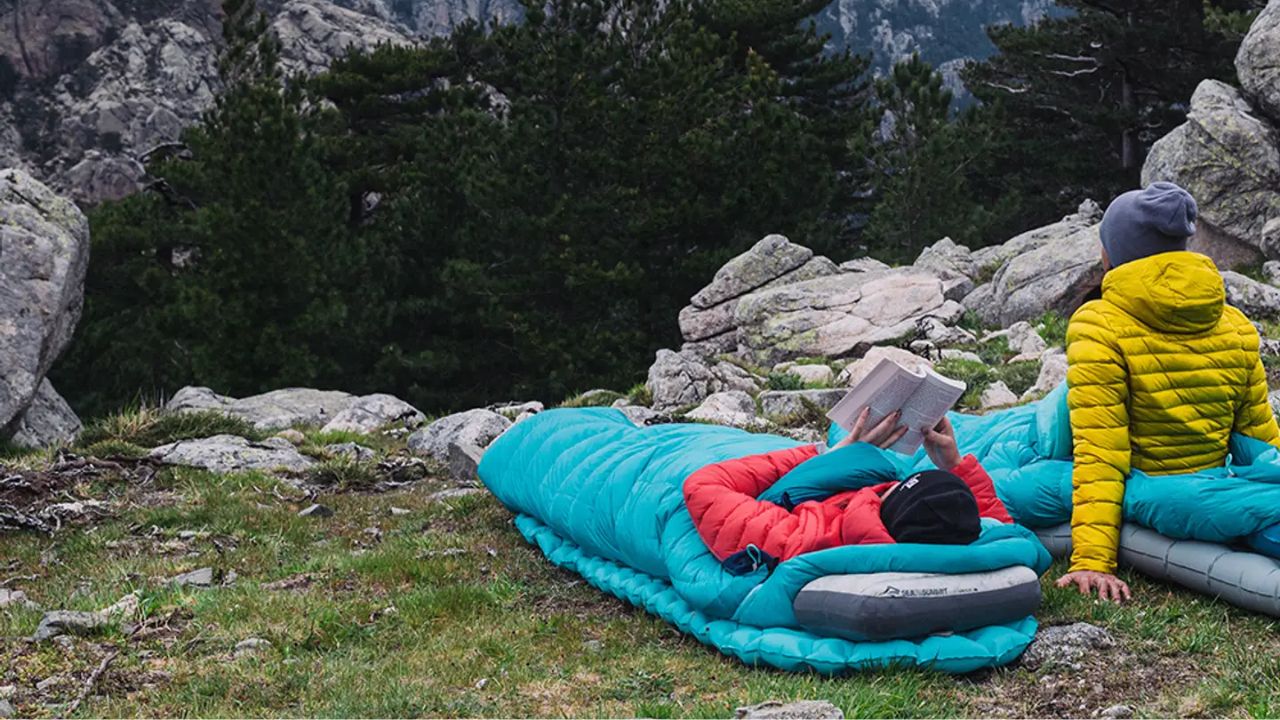A good night’s sleep is critical to hiking and other outdoor activities, and a right sleeping pad determines this. This makes selecting the ideal pad seem like a mammoth task since the market is flooded with choices. Light tour, in this regard, brings you some amazing models, don’t forget checking them.
Also, below are a few tips to make the cumbersome selection process easy for you and help you leave for your recreational camping trip as soon as possible.
Tips for Choosing the Right Sleeping Pad
Type of Sleeping Pad
There are three types of sleeping bags. Learn how they differ, and what they offer before investing in one.
Air Pads: Air pads are portable because they are lightweight and occupy little space; hence, they can be used in backpacking. However, they need inflation and could be easily punctured.
Self-Inflating Pads: These pads are self-inflating, but might require one to pump in a little more air. They offer higher degree insulation, are solid, but space occupying.
Check the R-Value
The R-value of the sleeping pad determines its ability to insulate. The fact is that the higher the R-value, the better the pad insulates the what between you and the ground. In case of summer camping, the recommended R-value is between 1-3. For winters, whoever, the recommended R-Value, offering enough insulation is 4 and above.
Weight and Portability
Weight poses a serious issue, particularly if you’re going camping or trekking with a backpack. Air pad and self-inflating sleeping pads are lightweight and can be easily compressed, so are suitable for long hiking. If you are car camping or weight is not an issue, you can get thicker, more comfortable,sleeping pads for ultimate comfort.
Thickness and Comfort of Sleeping Pad
Sleeping is all about comfort. It is believed that the thicker the pad, the more cushioned it is. However, the ideal thickness varies depending on the kind of sleep. For Instance, Stomach sleepers can also use equally thickened pads with a thickness of not less than 3 inches.
Durability and Material
The need for durability on rough terrains bounces forcefully. Check the sleeping pad’s material, especially if you will be using it in areas that have sharp and/or jagged terrains such as rocks. Closed cell foam pads are very sturdy, while a few air pads have been developed with hard wearing material to resist scrapes. Also, verify the pad’s denier number, the higher the number, the better quality fabric on the pad.
Ease of Setting it Up
As discussed in the types, some of the sleeping pads might require you to pump air, while others inflate on their own, following a mechanism. Invest in one that suits you, and takes less of your time in setting it up.
Conclusion
A sleeping pad finds its way to the list of the most essential accessories required in the hiking and backpacking activities. A sleeping pad enables you to have that warmth and comfort that you so much require after a weary day in the wild. Thus, to ensure that you get an ideal piece, we present some smart tips.
Don’t forget to check out the R-value, weight, and other factors described above before investing in a sleeping pad.
